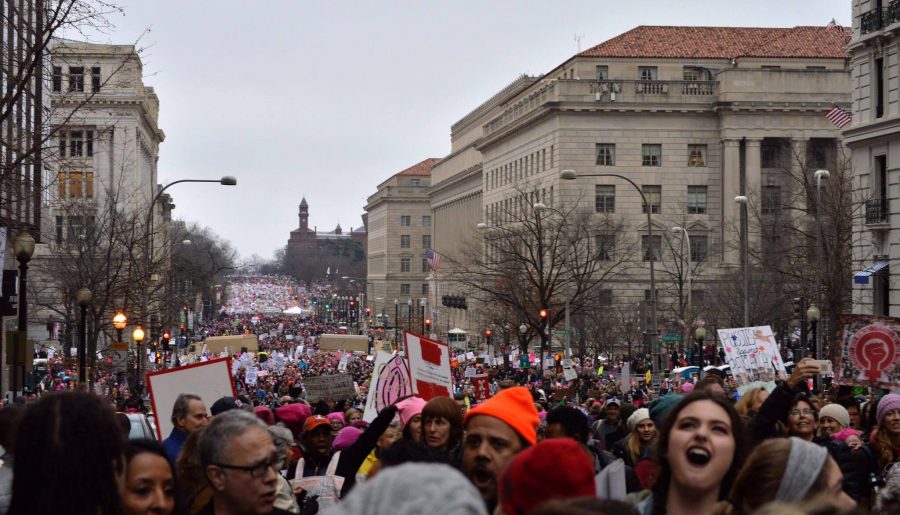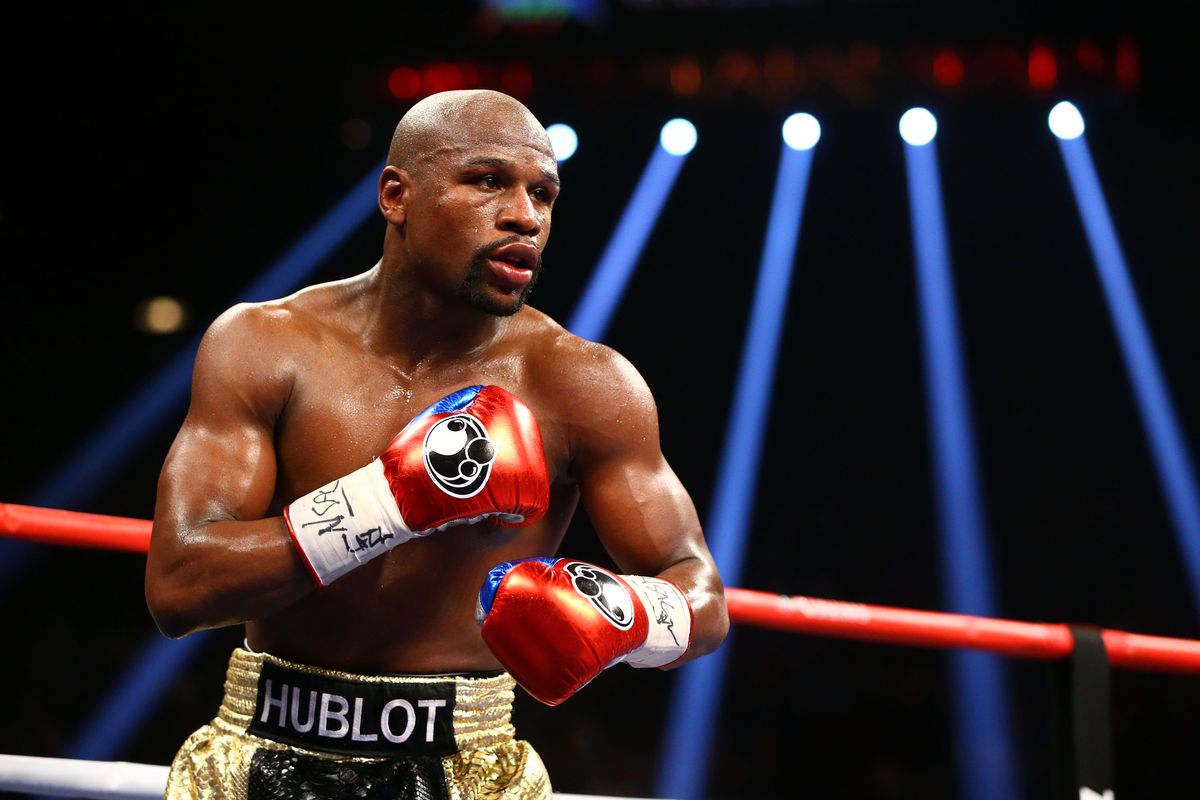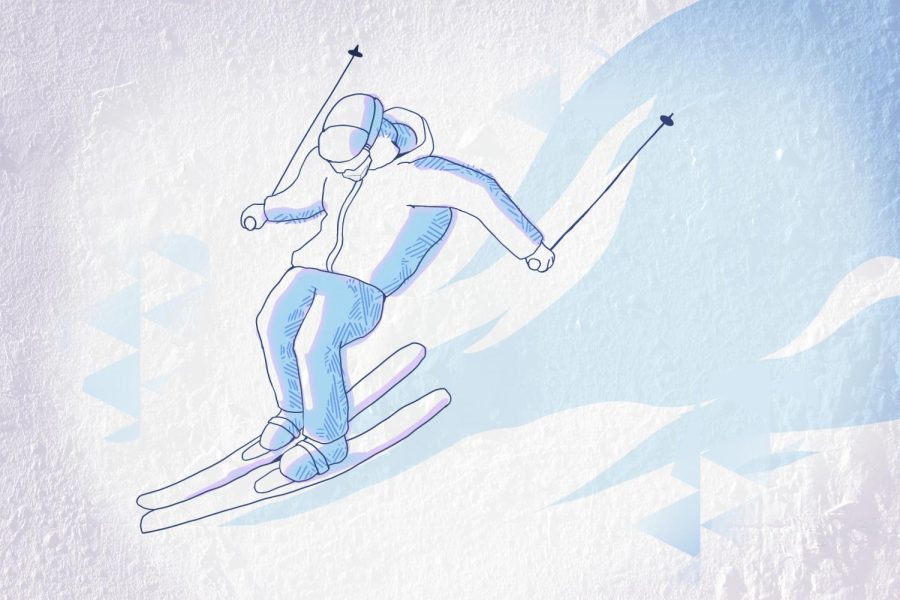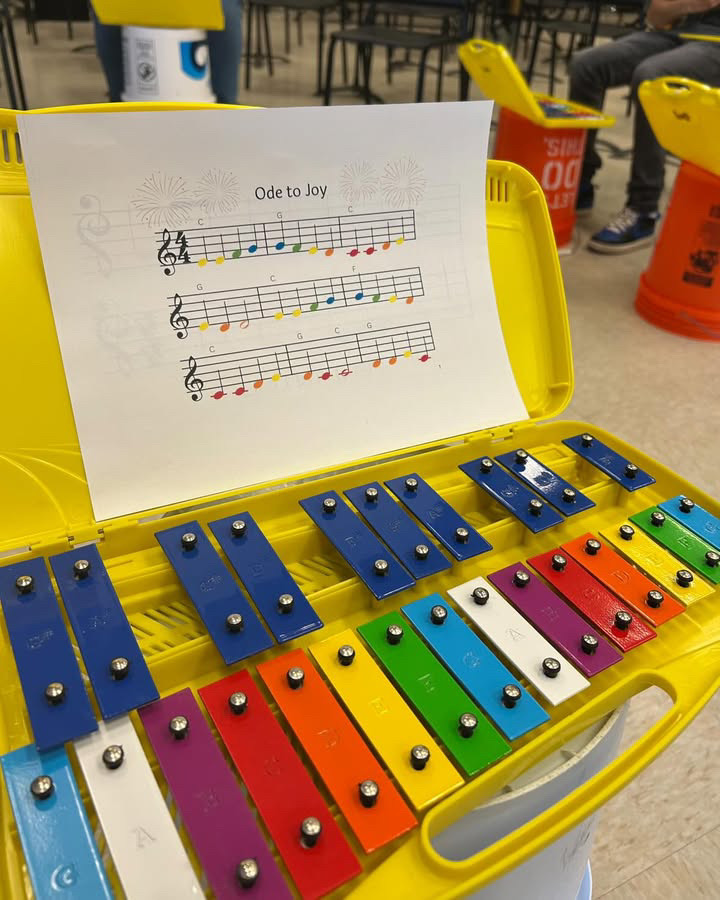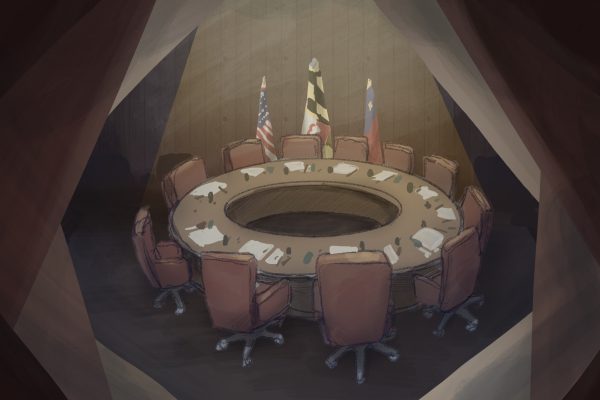What it was like to march on Washington
Thousands of protestors gathered in Washington D.C. on Jan. 21 to attend the Women’s March on Washington, uniting for women’s rights. Photo by Annabelle Gordon.
February 2, 2017
As I stood on the National Mall, waiting to march and fight to protect human rights, a current of people flooded toward me, sweeping me to the White House. I passed the Washington Monument, surrounded by women and men passionate for their cause, and I thought this is what democracy feels like.
The Women’s March on Washington on Jan. 21 was unlike anything I have ever experienced. The march was peaceful, yet powerful; humbling, yet empowering. Overwhelming unity and kindness filled the air, which was both unexpected and moving.
I knew that I would be protesting both for the protection of women’s rights and against the hate that President Donald Trump capitalized on during his campaign. I expected to be angry as I marched on Independence Avenue, and I thought everyone around me would feel the same anger and hostility.
But, from the moment I stepped foot in the Friendship Heights metro headed towards the march, things were different. Women asked if I needed any help with directions, and crowds cheered as trains approached the platform. Even when the train operator informed us that the train was at “crush capacity,” the yells that erupted from the packed car were filled with hope and pride. As I reflect on it now, I still get chills at the overwhelming sense of unity the marchers demonstrated.
When I exited the metro and entered the crowds on the mall, a sea of thousands of posters held by both women and men exhibited the power of democracy and solidarity. Signs read “united against hate,” “the future is female,” “I believe in women,” “women’s rights are human rights,” and many other slogans defending justice.
Welcome to Washington, President Trump. This is what democracy feels like.
The crowds were thick, and at times I had trouble breathing, let alone walking. Still, there was no hostility from the other marchers, as we all were there for one goal: to fight for our rights so that we won’t be ignored by the new Congress and administration.
There was never a dull moment. It seemed as though marchers could always finding new chants to express their passion for their rights and resentment towards President Trump’s policies. “The people united will never be defeated,” “our bodies, our rights” and “we need a leader, not a creepy tweeter,” are just some of the calls that erupted from voices in the crowd, symbolizing the spirit of the march.
Strength in numbers is an understatement when counting march attendees. An estimated three million marched worldwide, and over 500,000 in D.C. alone, according to NBC News. And while the number is striking, I found something else more powerful. Numerous signs listed names of family members and friends that people “march for,” and other signs named the district or city from which marchers came, representing their community.
No one was alone. Marchers, whether with a loved one or not, carried their family and friends with them. Each story of determination and perseverance added to the strength of the entire event.
From big cities to small towns and from the United States to Antarctica, the Women’s March on Washington exhibited the power of people uniting against hate, injustice and discrimination. We will not be ignored. We have shown that we are not afraid to fight for our beliefs, and will do so for the next four years and beyond.
Welcome to Washington, President Trump. This is what democracy feels like.



